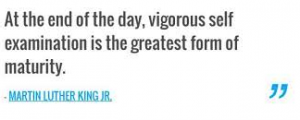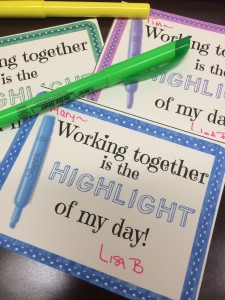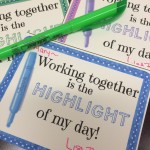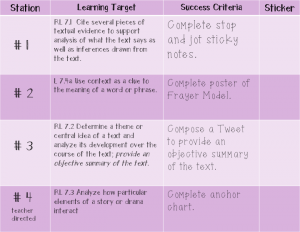
February 28, 2016
by Lisa Billings
0 comments
Follow my blog with Bloglovin
Few things go better together than chocolate and peanut butter. Some might say milk and cookies or chips and dip but nothing beats the combination of silky chocolate and creamy peanut butter. Individually they are very good but together they are superb.
So what’s that got to do with Instructional Coaching?
A teacher and a coach are very similar to a Reese’s Peanut Butter Cup. Individually they can be very good but when paired together the results can be extraordinary! Jim Knight, who has been researching the impact of Instructional Coaching for over 30 years says,
“When coaches and teachers interact equally as partners good things happen.”
Let’s examine 3 reasons why teachers and instructional coaches are better together.
1. Two heads are better than one.
That old adage stands true when applied to teachers and coaches working together. Good teachers are reflective in their practice. Working with a coach takes that reflection on a deeper dive. Since the  coaching relationship is built on the foundation that each person is an equal, barriers are broken down that allow for honest reflection. Reflecting on professional practice transforms experience into genuine learning and increased effectiveness in the classroom.
coaching relationship is built on the foundation that each person is an equal, barriers are broken down that allow for honest reflection. Reflecting on professional practice transforms experience into genuine learning and increased effectiveness in the classroom.
2. Personalized Professional Learning
Unfortunately, many of us have experienced attending mandated professional development that did not enrich our professional practice. “Death by Powerpoint” and “Drive by PD” have left teachers feeling uncomfortable with large, one-size-fits-all PD. Working with an Instructional Coach allows teachers to focus on professional goals that they develop. Being in control of their own learning path empowers teachers to take risk and be innovators in the classroom. It’s important to note that this learning is reciprocal, the coach gains as much from this type of work as the teacher. One person is not considered the expert, but uncovering knowledge and information together to improve professional practice.
3. Opening the silo
Teaching can be a very isolated profession, much of the day is spent inside the classroom. Interaction with other adults usually occurs only at the copy machine or during a very short lunch. There is very little opportunity to see other teachers in action and to learn from one another. A coach can bring in outside perspectives. Coaches have the opportunity to see many outstanding teachers in a variety of settings. A coach can be the bridge into other classrooms by arranging classroom visit or sharing what they have learned from others. Working together allows for the opportunity to stay connected and continue growing.
Feeling Grateful
 As a relatively new Instructional Coach, I am often overwhelmed and humbled by what I get to witness in classrooms across my county. Hard working, dedication professionals have opened their doors and let me into their rooms and allowed me to share in their passion for teaching. Each classroom visit, work session or reflection encourages me to become better at what I do. I strive to compliment the partnership that I am building with teachers. Much like how the chocolate compliments the peanut butter in the Reese’s Cup.
As a relatively new Instructional Coach, I am often overwhelmed and humbled by what I get to witness in classrooms across my county. Hard working, dedication professionals have opened their doors and let me into their rooms and allowed me to share in their passion for teaching. Each classroom visit, work session or reflection encourages me to become better at what I do. I strive to compliment the partnership that I am building with teachers. Much like how the chocolate compliments the peanut butter in the Reese’s Cup.
 I know it is small in comparison to what they give me on a daily basis but I hope they know how much I appreciate them!
I know it is small in comparison to what they give me on a daily basis but I hope they know how much I appreciate them!







